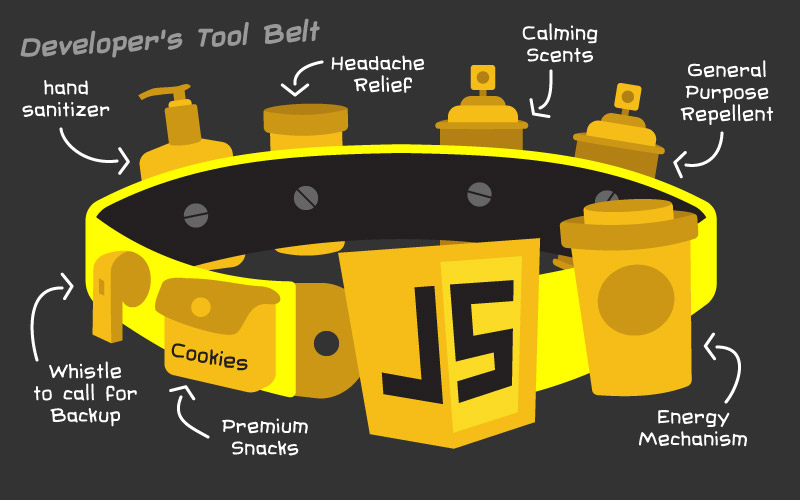Web Development The Future of JavaScript
Nicholas DeVries — October 28, 2015

JavaScript is a lightweight scripting language that runs inside a web browser. It’s often used to respond to user events such as mouse clicks, form input, and page navigation. This can translate into a highly responsive user experience with dynamic functionality; all of which being done without the need to refresh the page. Many of the subtle visual effects and features that make our daily interactions with websites productive and meaningful are powered by JavaScript.
A Long History
JavaScript was created in 1995 and taken to ECMA for standardization. Ecma International is an industry association founded in 1961 that is dedicated to the standardization of Information and Communication Technology (ICT) and Consumer Electronics (CE). Say that three times fast!
Since its creation, JavaScript has gone through six major iterations, the most recent being the approval of ES2015, otherwise known as ECMAScript 6. This is the biggest change to the language since the standardization of ECMAScript 5 in 2009.
A Tool in our Utility Belt
While JavaScript is undergoing a significant update, we have decided this is a great time to reevaluate our current tool set.
One recent tool that has caught our eye is ReactJS, a JavaScript library for creating user interfaces that aims to address challenges encountered in developing single-page applications. We’ve recognized that ReactJS has been gaining traction in the development community and would be a great addition to our technology stack.
ReactJS was originally used internally by the engineering team at Facebook and recently released as an open source project. The combination of ES2015 and ReactJS will allow us to create better user experiences through declarative, efficient, and testable code.
Tried and True – Versatile and Strong
JavaScript has been around for two decades and can be found in more places than ever before. It can be found in Smart TV applications, mobile applications, web browsers, and powering web servers. We have always recognized the strengths of JavaScript and will continue to align our skills with whatever the future of JavaScript has in store.



